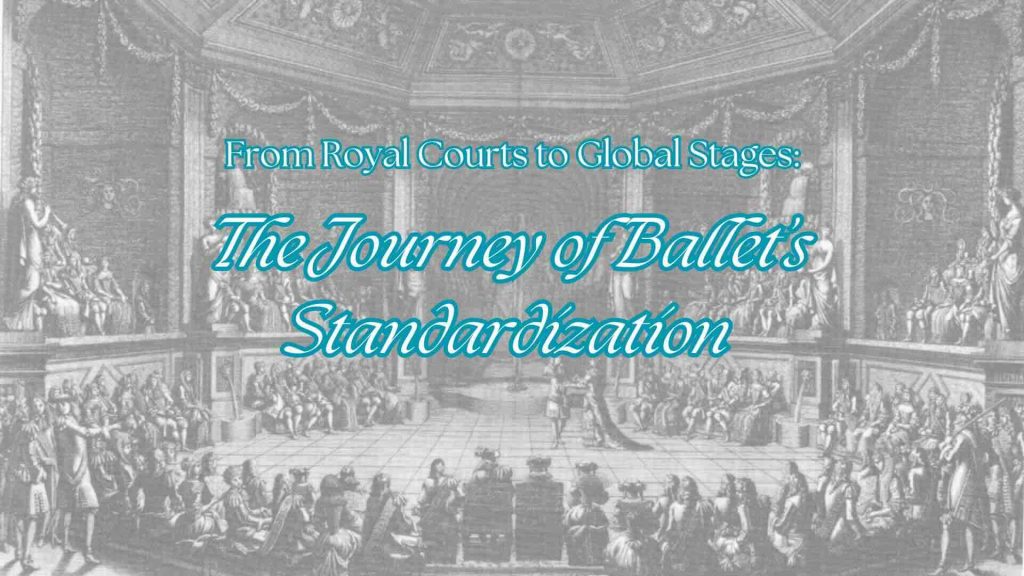The French opera “Le Triomphe de l’Amour” built-in ballet components, establishing a long-lasting opera-ballet personalised in France. By the mid-1700s, French ballet grasp Jean Georges Noverre opposed the artificiality of blending the two sorts of opera and ballet, advocating for ballet as an work sort in itself. He launched ballet d’movement, which emphasised expressive, dramatic movement to reveal character relationships, a technique of telling a story, setting the stage for Nineteenth-century narrative ballets.
 The Romantic Movement
The Romantic Movement
Contained within the Nineteenth century, classical ballets, nonetheless well-known appropriate this second paying homage to “Giselle” and “La Sylphide” emerged all by way of the Romantic Movement, which influenced work, music, and dance; principally all realms of artistic expression. Romantic ballets sometimes depicted unearthly themes and seen the rise of pointe work for ballerinas, dancing on the concepts of the toes, well-known appropriate this second for making the world’s inhabitants awestruck on the wonders of ballet, along with the introduction of the romantic tutu, a calf-length, sort of billowy tulle skirt.
Right now, ballet is considerably associated to the phrase “classical dance”. One among many important causes ballet grew to develop to be a typical, worldwide classical dance mannequin is because of it was the first model to be codified. Codification and standardization are principally synonyms; they every check out with formulating a system for one difficulty, on this case, ballet steps, actions, and variations. This helped teachers instruct their school school school college students with a set rulebook, a set of ideas that couldn’t be misinterpreted. As beforehand acknowledged, ballet steps all have French names. That’s one completely totally different aspect of ballet codification; a typical language for communication of dance. The French names weren’t solely a outcomes of their beginnings in France, considerably, they’ve been a reflection of the simplicity that follows having one methodology to examine with elements. Of us all everywhere on the planet may evaluation and apply ballet; whether or not or not or not or not they knew the native language of the place they’ve been positioned or not. Right correct proper right here’s a visual occasion. Ms. Ivanov has come from Russia to Spain to unfold her ballet expertise. Her school school school college students are largely Spanish; they’ve trouble understanding her Russian ballet steps. This concern is resolved quickly when Ms. Ivanov says “demi plie” or “sautés”- all people is conscious about what these are! Since French steps have been broadly acknowledged and associated to their actions, it was easy for ballet to develop correct proper right into a baseline dance sort rooted in historic earlier. In reference to this diploma is the following; ballet was popularised by influential people- the kings and queens of France, a dominant, sturdy nation vital Europe, which made it easy for ballet to unfold with the political vitality of its patrons.


It’s interesting to see how ballet evolved over time. The transition from opera-ballet to the distinct form of ballet we know today highlights the dynamic nature of artistic expression. I wonder what other influences shaped its development.
I appreciate the detailed exploration of Romantic ballet and its themes. The introduction of pointe work truly transformed performances, allowing for a new level of artistry. It would be interesting to see how these elements are reflected in modern dance.
The connection between political power and the spread of ballet is an intriguing point. It makes me think about how art forms can be influenced by their patrons and societal structures throughout history, shaping their development significantly.
The historical context provided in this article about ballet’s codification is enlightening. It’s fascinating how a standardized language in dance can bridge cultural gaps, allowing for international collaboration among dancers and instructors.
This article provides a comprehensive overview of ballet’s origins and evolution. The influence of French culture on ballet terminology is particularly noteworthy, as it shows how language can unify diverse practices across different regions.